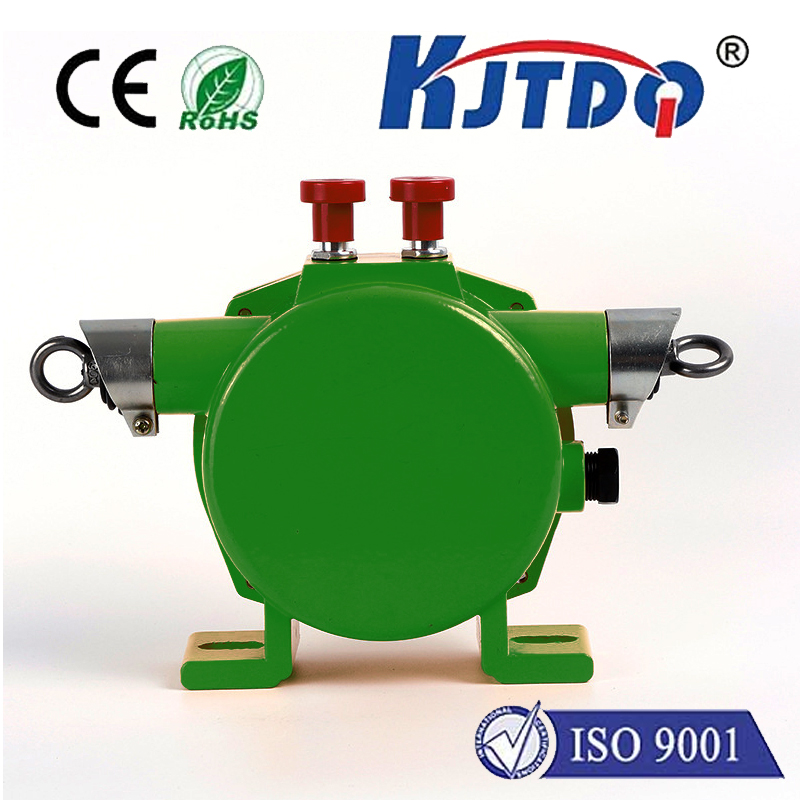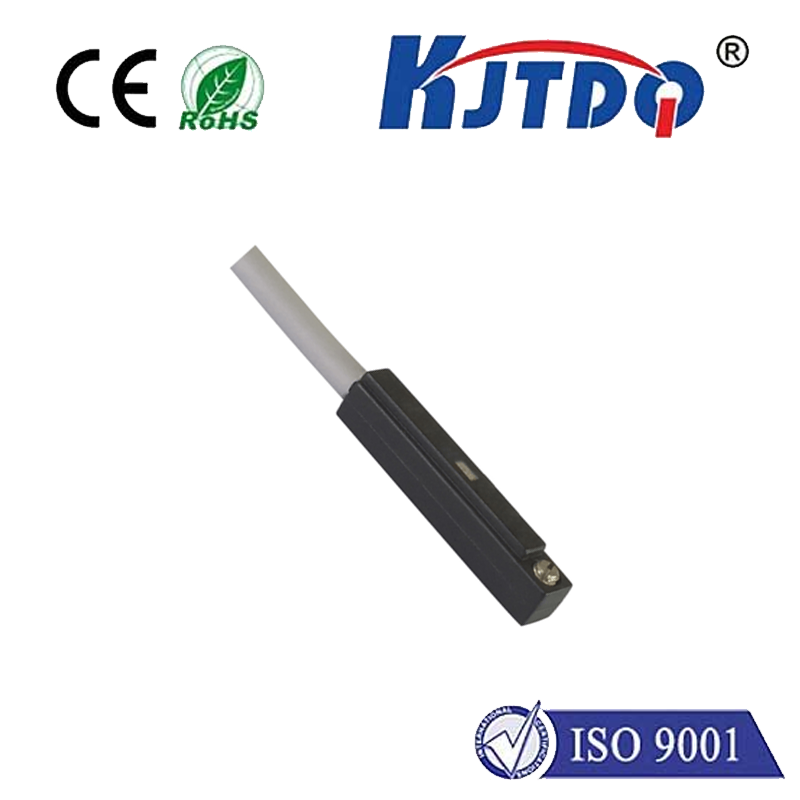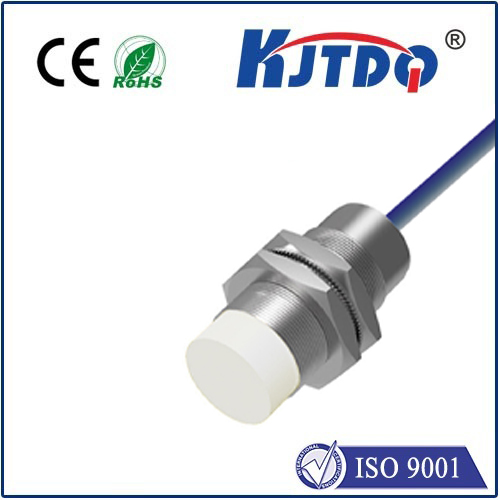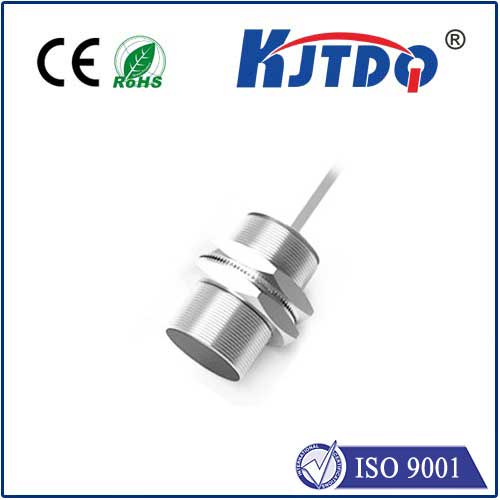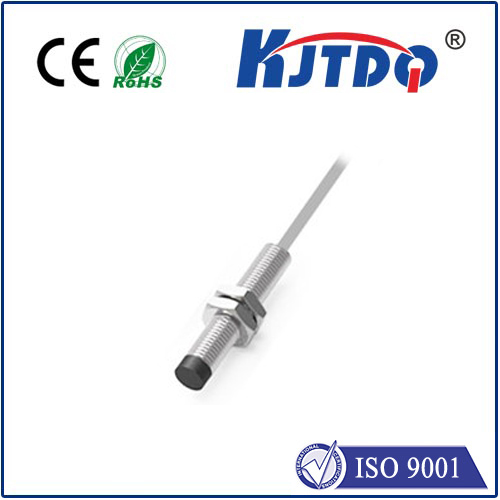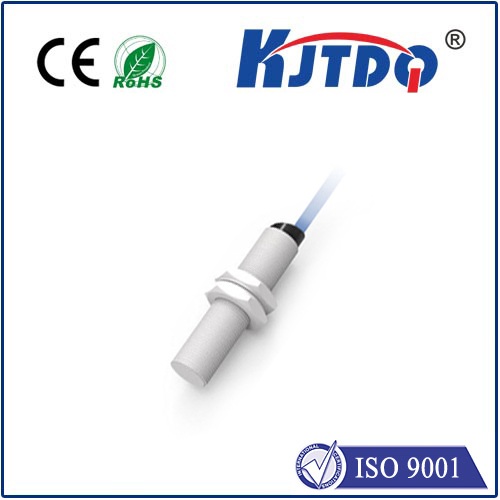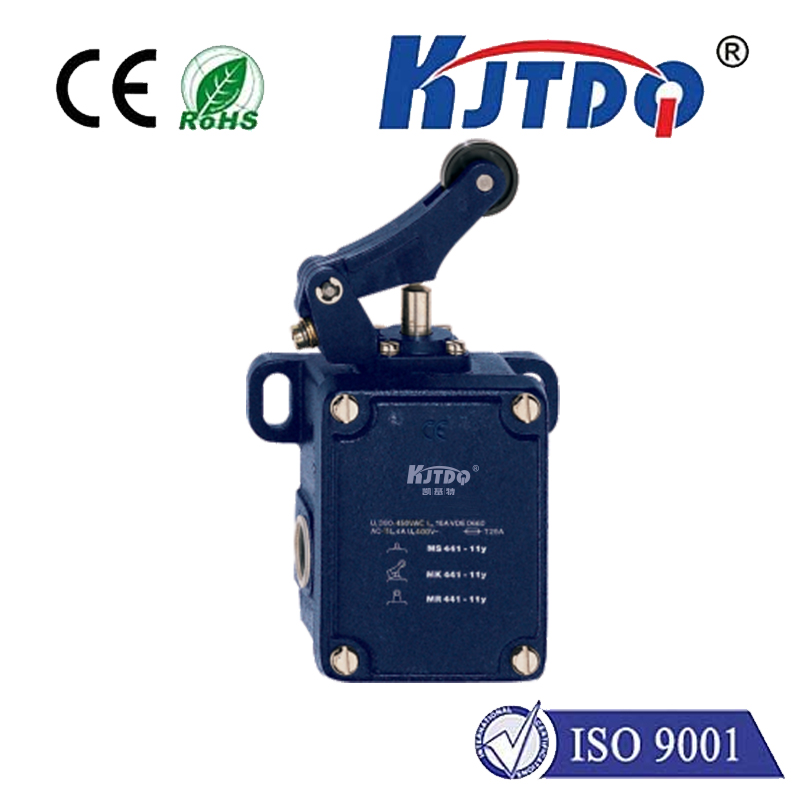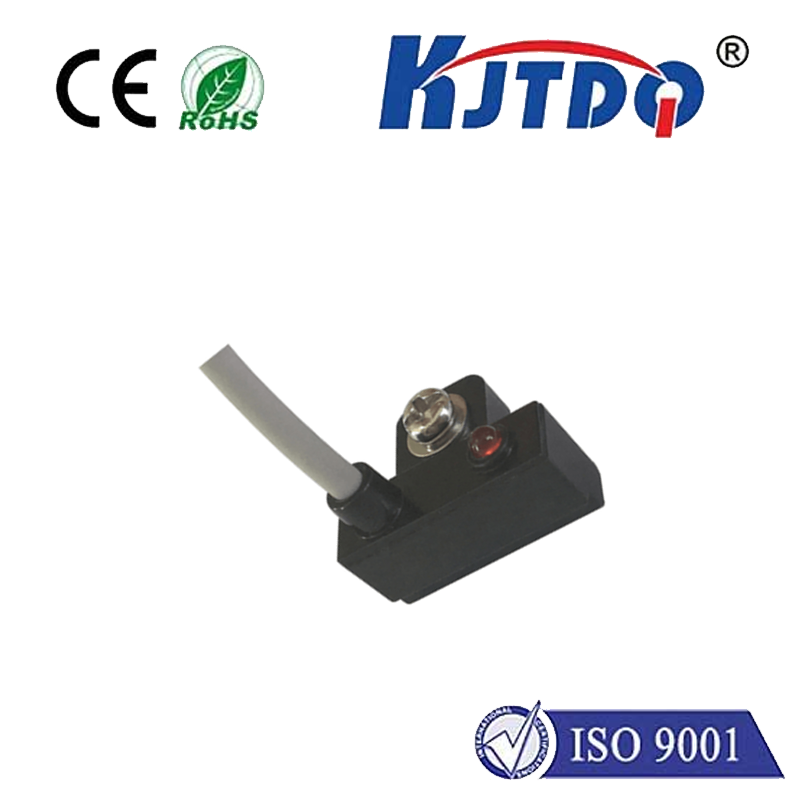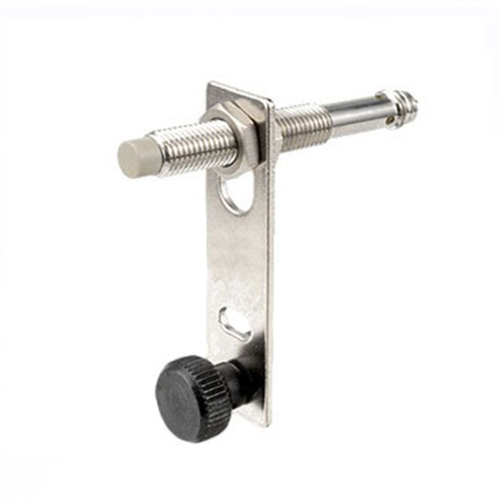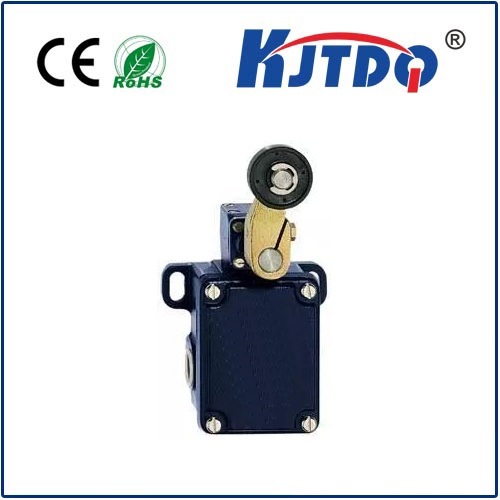Imagine a factory floor where machines operate flawlessly, sensing the arrival of components without a single touch—eliminating errors and boosting efficiency. That’s the magic woven by ring proximity sensors, compact devices revolutionizing how industries detect nearby objects. Unlike traditional sensors, these ring-shaped marvels offer non-contact detection, making them indispensable across automation, security, and more. In this guide, we’ll delve into what ring proximity sensors are, how they work, and why they’re a game-changer in today’s tech-driven world. By understanding their core principles and real-world applications, you’ll see why they’re becoming a staple in optimizing processes and reducing downtime.
At its heart, a ring proximity sensor is a specialized device with a circular or annular design, allowing it to detect objects passing through its center without physical interaction. This unique form typically relies on electromagnetic or capacitive sensing principles, where changes in an electromagnetic field or capacitance signal an object’s presence. For instance, when a metal part enters the sensor’s ring, it disrupts the field, triggering an output that alerts a control system. The key advantage here is the sensor’s ability to provide continuous, high-precision detection in confined spaces, such as assembly lines. Unlike linear sensors, the ring shape ensures 360-degree coverage, minimizing blind spots and enhancing reliability. This operational simplicity, combined with minimal maintenance needs, makes ring proximity sensors a cost-effective solution for harsh environments like manufacturing plants or automotive settings.

Delving deeper, the working mechanism of ring proximity sensors centers on their sensitivity to proximity changes. Most models operate on inductive technology, where an internal coil generates an electromagnetic field. When a conductive object—say, a gear or robotic arm—approaches or passes through the ring, it induces eddy currents that alter the field. This change is detected by the sensor’s electronics, instantly converting it into a digital signal for real-time feedback. In capacitive versions, the sensor responds to changes in capacitance caused by non-metallic objects, expanding its versatility. The detection range typically spans from a few millimeters to several centimeters, depending on factors like object size and material. For optimal performance, integrating these sensors involves calibrating their sensitivity to avoid false triggers, a feature often adjustable via external controls. This adaptability allows them to function seamlessly in systems demanding rapid, error-free responses, such as in packaging machinery or conveyor belts.
Ring proximity sensors shine across a wide array of applications, driving efficiency in numerous industries. In industrial automation, they’re pivotal for position sensing and object counting, ensuring components align correctly on production lines without costly jams. The automotive sector relies on them for tasks like monitoring brake pedal movements or detecting wheel rotations in anti-lock systems. Security-wise, these sensors enhance access control by triggering alarms if unauthorized entry occurs through monitored rings. Emerging innovations include their role in robotics, where they guide precise movements in collaborative arms, reducing injury risks through non-contact operation. Even in consumer electronics, ring proximity sensors are finding niches, such as in smart home devices that detect hand gestures for touchless controls. By enabling safer, more efficient processes, they help cut operational costs—studies show industries adopting such sensors report up to 20% fewer downtime incidents, underscoring their economic impact.
The advantages of ring proximity sensors over alternatives are multifaceted and compelling. Their non-contact nature minimizes wear and tear, extending lifespan and reducing replacements in high-use scenarios like food processing, where hygiene is critical. They offer superior precision with response times as fast as 1 millisecond, outperforming many mechanical sensors that can suffer from friction-related delays. Durability is another strong suit; built to withstand dust, moisture, and temperature extremes, they thrive in rugged settings without frequent recalibration. Compared to optical sensors, which can falter in low-light conditions, or ultrasonic types prone to interference, ring proximity sensors deliver consistent performance. Additionally, their compact design allows easy integration into tight spaces, fostering flexibility in retrofitting older systems. This blend of reliability and efficiency makes them essential for modern detection needs, contributing to smarter, more resilient infrastructure.
Looking ahead, ring proximity sensors are evolving with trends that promise even broader adoption. Advances in materials and electronics are enhancing sensitivity, allowing them to detect smaller objects with greater accuracy—ideal for micro-manufacturing or medical devices. Integration with IoT (Internet of Things) technologies is a game-changer, enabling sensors to transmit data wirelessly for remote monitoring and predictive maintenance. Experts predict a surge in AI-powered analytics, where these sensors feed data into algorithms to forecast failures before they happen. Such innovations could see end users benefiting from reduced energy consumption and smarter factory setups. With ongoing research focusing on eco-friendly designs and miniaturization, ring proximity sensors are set to redefine detection standards, ensuring they remain at the forefront of automation solutions for years to come.
